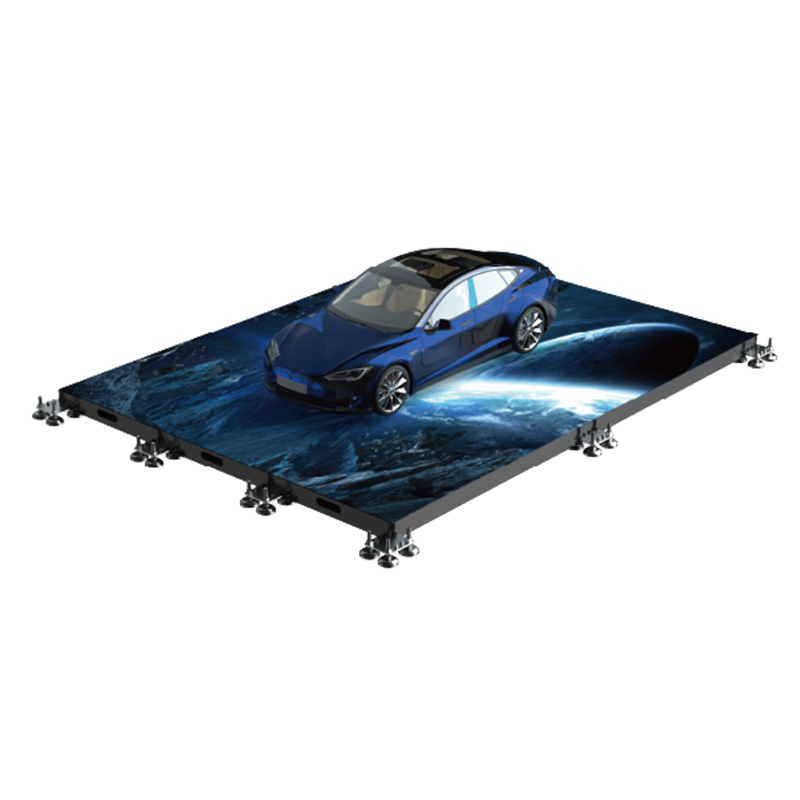In today’s fast-paced digital world, broadcast LED screens are no longer optional—they are essential tools for modern media. Whether used in newsrooms, live sports, or entertainment shows, they deliver unmatched clarity and dynamic visuals. Much like “lead-free compliance” guarantees safety in electronics, these LED displays ensure reliable performance in every broadcasting environment. Their role in media display solutions directly shapes how audiences engage with content.
To explore why they matter, let’s examine the common challenges faced in broadcasting and how professional LED screens provide answers.
High Viewer Expectations for Broadcast Quality
Audiences demand ultra-clear visuals across different platforms. A standard display often struggles to maintain consistency under bright studio lights. This gap can reduce the professional impact of a broadcast.
With broadcast LED screens, media teams deliver uniform brightness and crisp images. Unlike older displays, LED walls maintain performance even in high-luminance studios. This ensures that viewers never experience dull or washed-out images, regardless of lighting conditions.
More importantly, their wide viewing angles let audiences in the studio and at home experience the same level of quality.
Dynamic Content Delivery in Live Events
Live events and news coverage require real-time responsiveness. Traditional displays often fall short when handling motion-heavy video or instant transitions. This can affect both broadcast flow and viewer immersion.
LED screens for broadcasting offer ultra-fast refresh rates. As a result, even high-speed sports scenes or breaking news tickers display smoothly without blur. This enhances the sense of immediacy, keeping viewers engaged during fast-changing stories.
Additionally, these screens allow seamless integration of interactive graphics and data visualization, enriching the broadcast experience.
Space and Design Limitations in Studios
Many studios struggle with space. A large video wall or outdated equipment can consume valuable room, limiting design flexibility. Furthermore, traditional backlit displays often lack modularity.
Professional broadcast displays solve this challenge with modular design. Panels can be customized to fit any studio size or shape. For example, curved LED walls can create immersive backdrops for talk shows or weather broadcasts. This adaptability makes them suitable for both small studios and large-scale production facilities.
Ultimately, broadcasters gain creative freedom without sacrificing visual performance.
Energy Efficiency and Operating Costs
Energy use is a major concern for modern media companies. Older display technologies often demand high power consumption and frequent maintenance. This not only raises costs but also contradicts sustainability goals.
LED video wall media solutions are energy-efficient and built for durability. Many models comply with eco-friendly standards, offering longer lifespans and reduced downtime. Broadcasters benefit from consistent performance while cutting energy bills.
This combination of efficiency and reliability positions LED screens as cost-effective investments over time.
Adapting to Multi-Platform Media Consumption
Today’s viewers consume media across television, mobile, and online streaming. A poor studio background can negatively impact cross-platform content.
By integrating broadcast LED screens, studios create versatile visuals that look sharp across multiple devices. Whether content is recorded for HD TV or compressed for mobile apps, the clarity and consistency remain intact.
This adaptability ensures that broadcasters meet growing multi-platform demands without compromising visual quality.
Conclusion: Why Broadcast LED Screens Are Essential
In conclusion, broadcast LED screens solve critical challenges in modern media. They ensure high-quality visuals, support dynamic live content, optimize space, cut costs, and adapt to multi-platform needs.
Broadcasters who invest in media display solutions not only improve production quality but also future-proof their operations. With data-backed advantages and design flexibility, these displays have become the gold standard for professional studios.
If you’re seeking to upgrade your broadcast setup, explore our product-category for the latest solutions.


